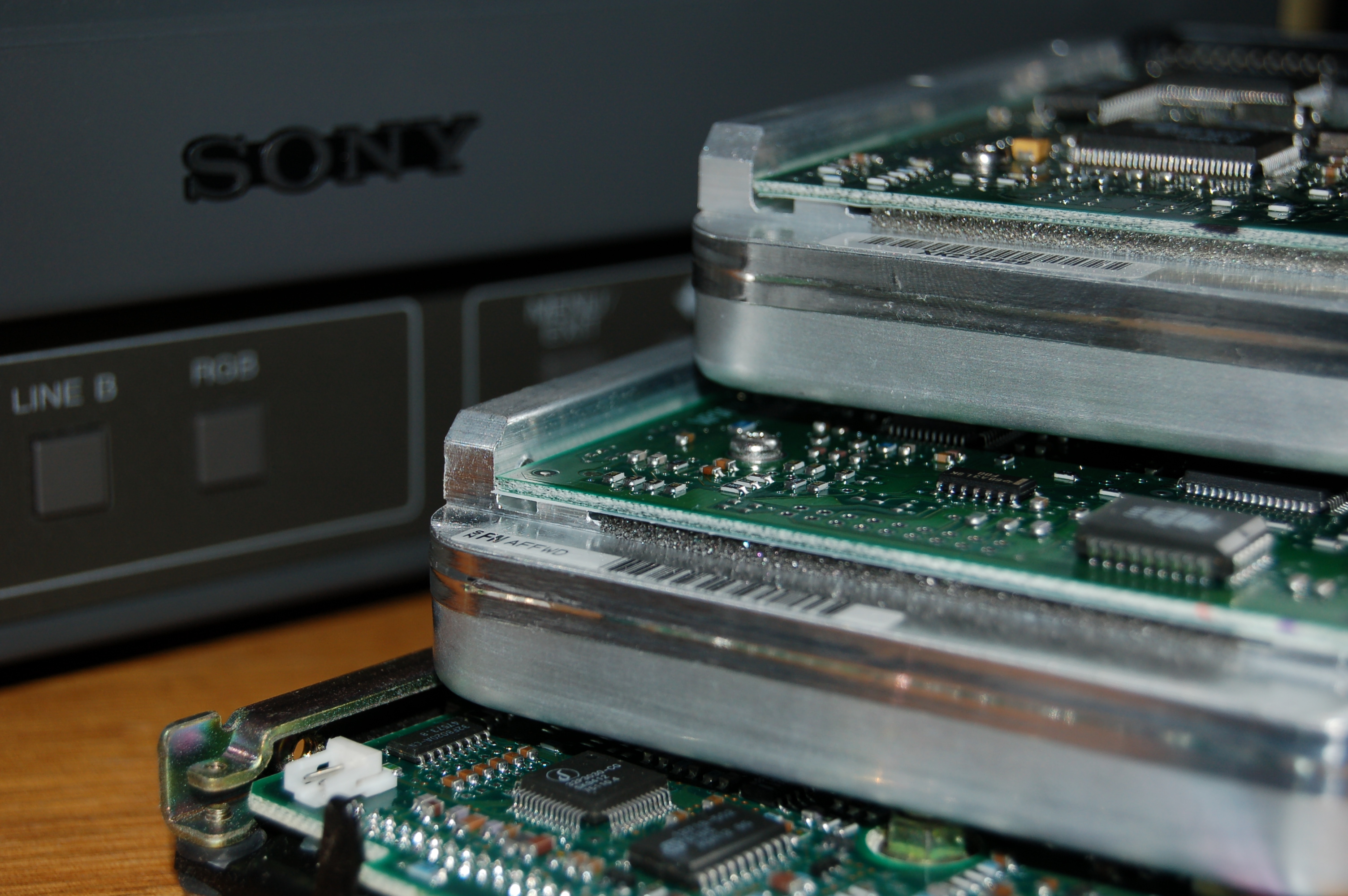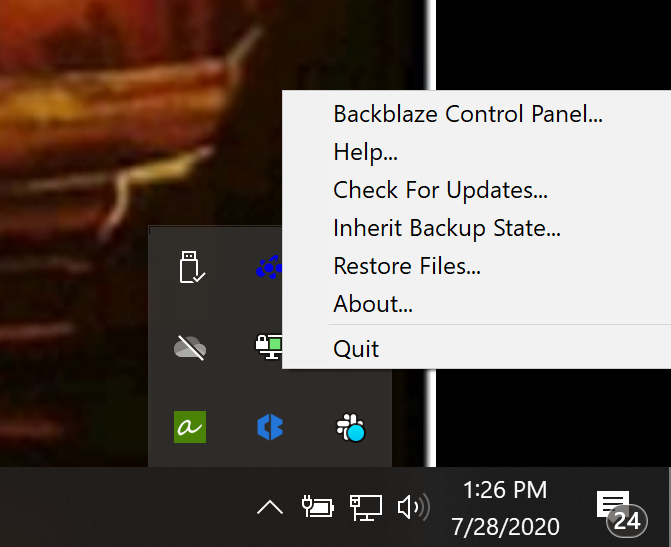
Now obviously this isn't going to take into account of working in an Egyptian summer or an Antarctic winter but the point I'm making is that they don't actually NEED to be too cold, if you're comfortable with the temperature then your disk is too.Ī few have said that they shouldn't get too hot, and that's very true but I was really surprised recently when I discovered that disks can actually be too cold. out in the open in a regular office or home environment. The failure rate of the ST31500541AS does go up at higher temperatures This contrasts with most other drives we have, which don’t show that trend.Īlthough every drive will list its minimum and maximum temperature I believe that most if not all drive manufacturers design their drives to work at an 'ambient' temperature - i.e. The correlations of 0.17 and 0.11 are weak, but they are statistically significant. one drive does show some correlation between temperature and failure rates. And almost all of the drives are in the nice comfortable range from 15° to 30°. all of drives are well within the 0° (or 5°) to 60° that the manufacturers specify for the drives. Google found that temperature was not a good predictor of failure, while Microsoft and the University of Virginia found that there was a significant correlation.Īfter looking at data on over 34,000 drives, I found that overall there is no correlation between temperature and failure rate. Google and Microsoft have both done studies on disk drive temperature in their data centers. The drive should never exceed temperature ranges. With our newer model drives the maximum temperature is now at 60 degrees Celsius. The operating temperature range for most Seagate hard drives is 5 to 50 degrees Celsius. Some additional data points not mentioned in other answers: Note that Sean's answer correlates to the max value listed on Speedfan's hard disk temperature page, and that the results from that tool are aggregated observations only etc etc. The final stats show my drive ain't looking so good these days :) NOTE : your hard disk has 23 reallocated sectors. Essentially it will give you a reading of your drive's SMART status contextualised with real data from other users' disks, providing some interesting aggregated results. The drive is also filled with a special epoxy that makes it virtually impossible to remove components without damaging them, protecting the drive from low-level attacks.Alfredo Milani Comparetti's awesome Speedfan can "access status info from EIDE/SATA/SCSI drives showing.internal data that can be used to diagnose current and future hard disk failures". The drive includes XTS-AES 256-bit encryption, along with brute-force and BadUSB attack protection with digitally signed firmware. This specification further enhances the drive's security capabilities and makes tamper-resistance mandatory.Īlso: Do RFID blocking cards actually work? My Flipper Zero revealed the truth It meets the new FIPS 140-3 Level 3 military-grade security specifications published by NIST (certification pending). In short, the Ironkey Keypad 200 is like a mini Fort Knox for your data.


Indeed, we follow strict guidelines that ensure our editorial content is never influenced by advertisers. Neither ZDNET nor the author are compensated for these independent reviews. This helps support our work, but does not affect what we cover or how, and it does not affect the price you pay.

When you click through from our site to a retailer and buy a product or service, we may earn affiliate commissions. And we pore over customer reviews to find out what matters to real people who already own and use the products and services we’re assessing. We gather data from the best available sources, including vendor and retailer listings as well as other relevant and independent reviews sites.

ZDNET's recommendations are based on many hours of testing, research, and comparison shopping.


 0 kommentar(er)
0 kommentar(er)
